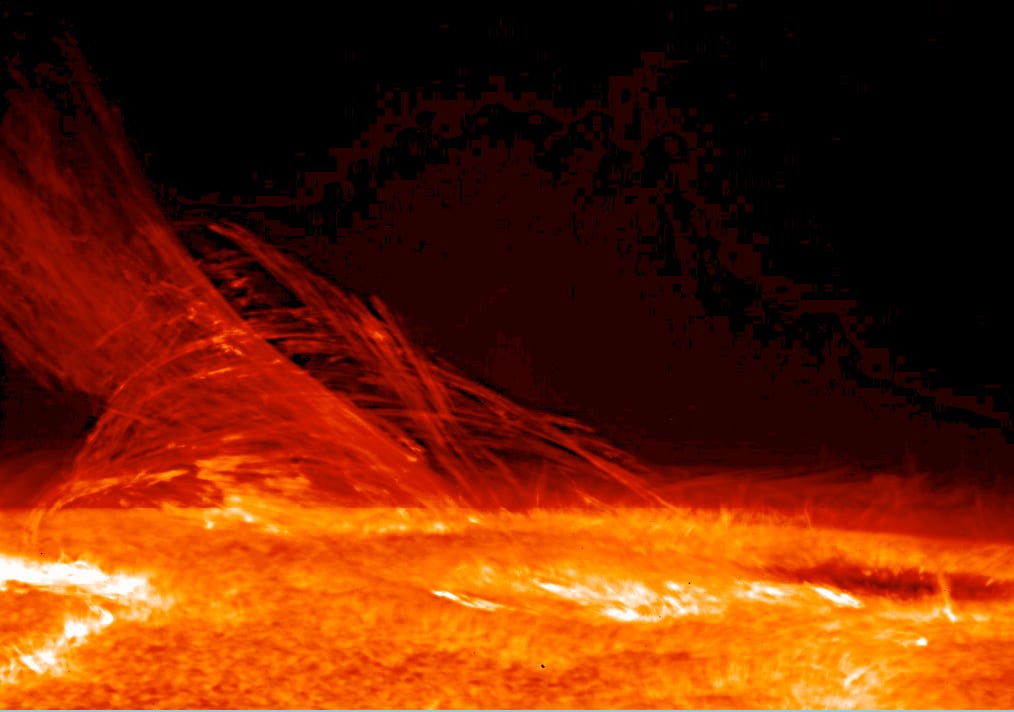The solar system is pretty extreme as far as temperatures go. At its core, our sun registers at around 27-million degrees Fahrenheit, but its surface is no slouch temperature-wise either: it’s clocks in at about 10,000 degrees.
So is it kind of weird that in outer space, away from the sun and the mild atmosphere of Earth, the temperature measures -455 degrees?
What’s really going on out there?
Let’s go over some basic physics. Heat is actually energy, radiating as an infrared wave (like light, but below the spectrum of what’s visible to human eyes) that moves from its source (ie, the sun) to…everything else. As infrared radiation comes into contact with molecules, it imparts some of its energy, causing them to become excited and heat up. But only the matter in the path of the radiation will heat up –any matter outside of the path will remain cold. Any void the energy travels through will also remain cold because there’s nothing in it to get warmer.
Consider the planet Mercury. As the planet turns and night falls, the newly dark surface plunges in temperature to 1000 degrees colder than the radiation-exposed day side.

Photo Credit: NASA
Earth, in contrast, feels warm even if you’re standing in the shade. Summer nights stay warm too. Even night during the wintertime in Canada is warmer than most other places in our solar system at night (withe some exceptions, notably Venus). This is due to the sun’s radiation causing convection and conduction.
When radiation hits molecules, the molecules pass that energy to others next to them, which then pass their extra energy on to their neighbors. This chain reaction is conduction. Areas outside of the path of radiation are warmed this way – so night stays warm (relatively speaking).
But in empty space there are fewer molecules that are too far apart to transfer energy if they are heated. Conduction, under these circumstances, can’t happen. This is the void issue we touched on earlier.
Convection, the process by which heat moves via a fluid (ie air or water), also can’t happen in low-gravity, molecule-scarce space.
Engineers at NASA takes all this in consideration when they are designing spacecraft for exploration. Out in space, probes and other equipment are exposed to temperatures either boiling hot or icy cold, depending on where they’re traveling in relation to the path of the sun’s radiation.
The closest any spacecraft has gotten to the sun was the Parker Solar Probe, which came within 15 million miles. This was only possible because of the specially designed heat shield that kept the rest of the probe cool.

Photo Credit: NASA
The ability to adjust to the rising and dropping in temperatures to the tune of hundreds of degrees Fahrenheit is a necessity for surviving the extremes of space.
Luckily, our balmy little home planet manages it for us surprisingly well.
The post Why Is the Sun Hot If Space Is so Cold? appeared first on UberFacts.